Best Day Trips from Oslo
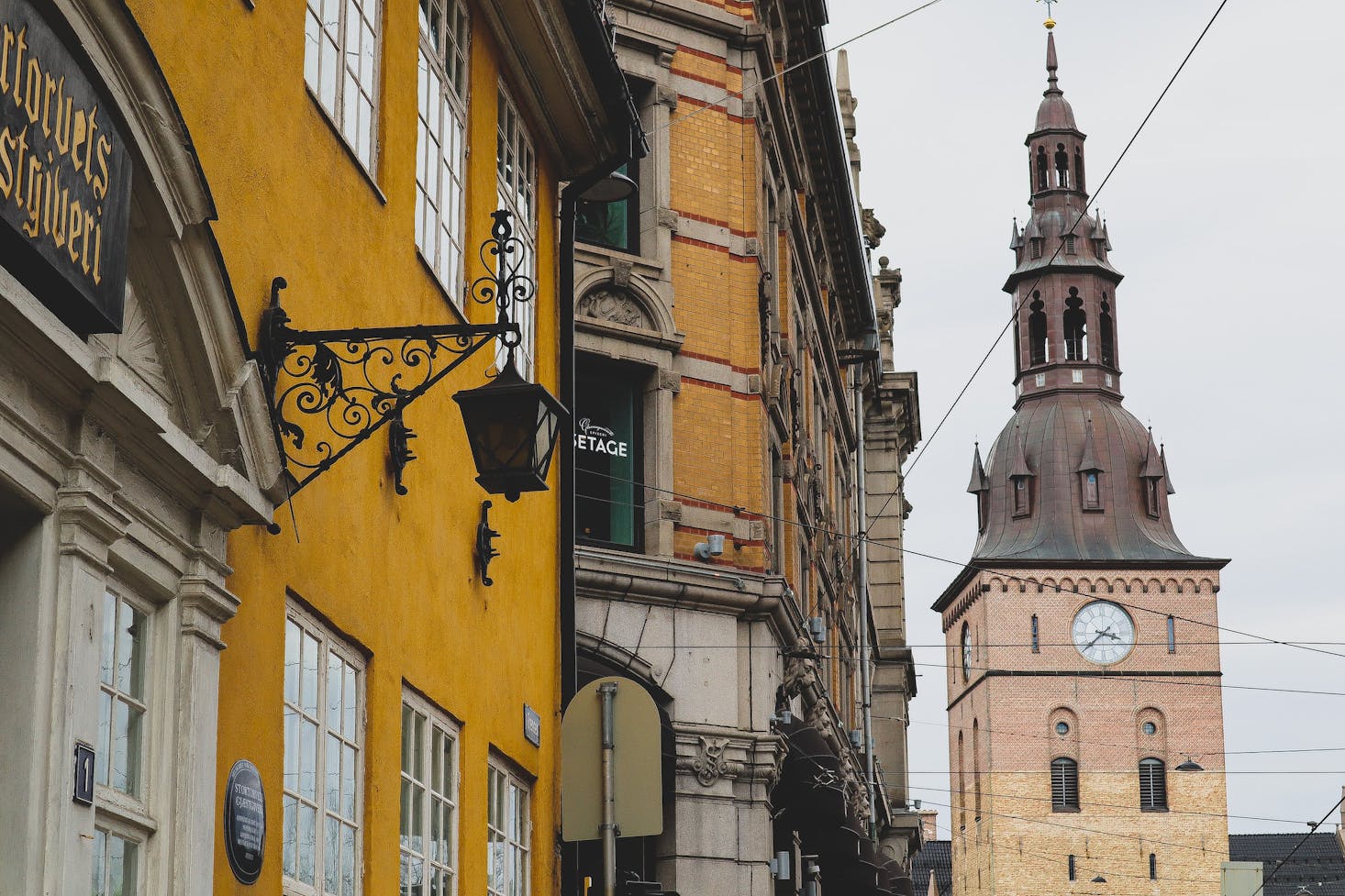
Oslo, one of the oldest Scandinavian capitals, has a rich history dating back 1000 years. Its original site was east of the Aker River, but it now lies at the head of Oslo Fjord, in the country’s southeastern part. On the western side is the Bygdoy Peninsula, home to some of the city’s most beloved beaches, hiking trails, and museums, including the Norwegian Maritime Museum, the Holocaust Center, and Bygdøy Royal Manor.
While touring the best museums in Oslo, its ancient buildings, and historical landmarks has proven a meaningful activity, there are a lot more things to do and places to see outside the city center that will give you an insight into Norway’s fascinating history.
The capital of Norway is only the beginning of what the country has in store for visitors. You can see the beaches and lakes, watch exhibitions, discover flora and fauna at national parks, check out resort towns, ancient villages, and more. With many iconic spots and hidden gems just a short drive from the city, there’s no reason not to plan day trips from Oslo. Once you leave your bags at a reliable storage facility in Oslo, you can be on your way to unparalleled Scandinavian experiences.
Get $5 off with the Bounce app
Use Bounce to find nearby bag storage in 4,000+ cities worldwide.
Get the app
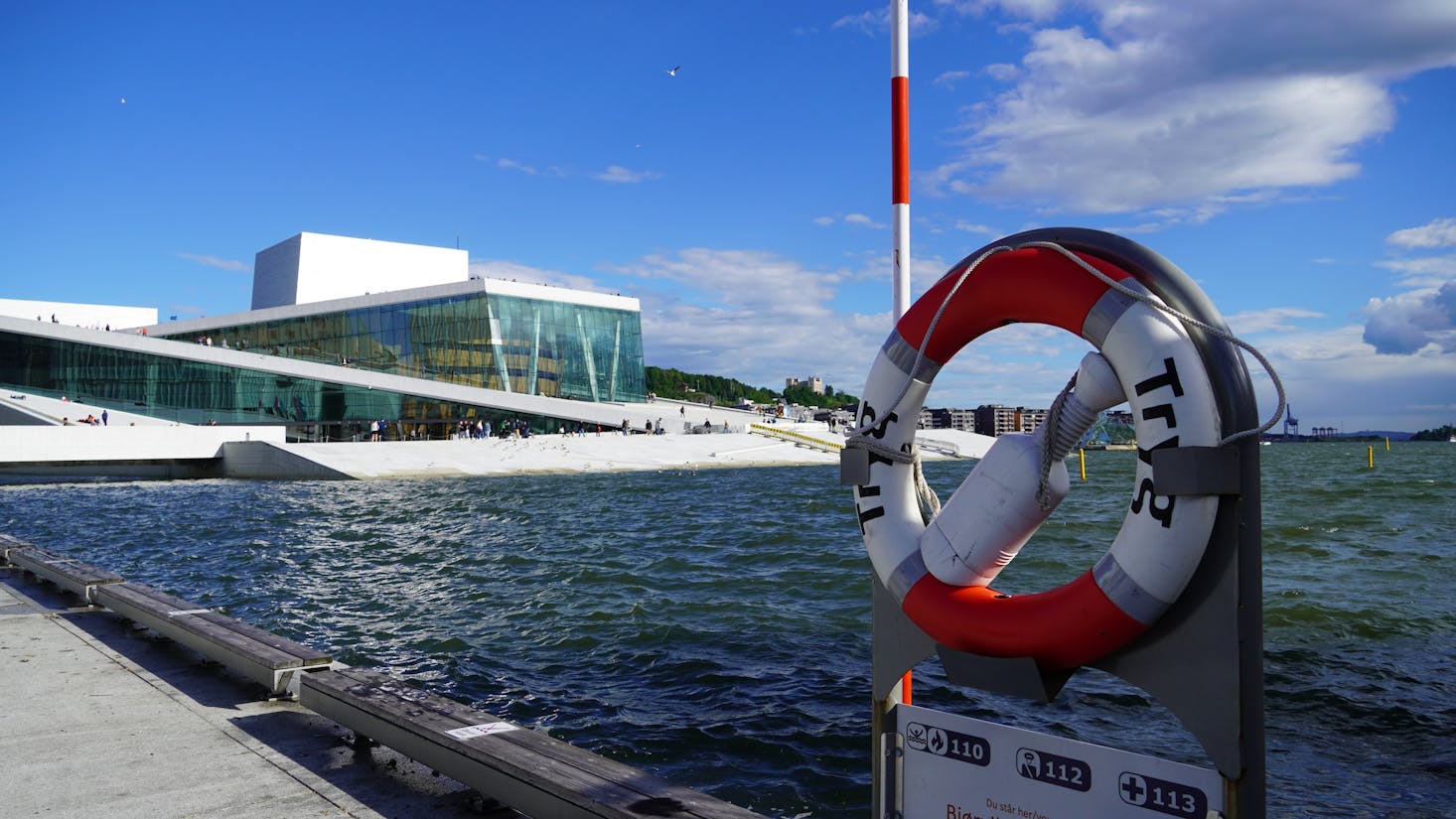
How to get out of Oslo
Opportunities for learning, relaxation, adventure, and shopping in the city abound – you just need to know how to get around Oslo to make the most of your journey. Oslo Central Station, for instance, takes you on both local and regional routes. But when planning to get out of Oslo, you have to be wise with your choice of transportation to avoid wasting precious time during your day trip.
Renting a car will always be the most logical solution, as driving a car gives you control of your schedule and time. It might even be cheaper than other modes of transportation, depending on how many members are in your group. Look for the best car rental deals and find the lowest prices available.
For those who prefer public transport, several places are accessible by bus or train from Oslo. It includes the historic old town of Fredrikstad, Lillehammer, and Tønsberg. You can also spend a day by the water and go on a sightseeing cruise or join a guided or private tour.
From Oslo to Tusenfryd
Tusenfryd must be on your list of top go-to places when visiting Oslo with family and friends. It’s famed as the biggest amusement park in Norway, with more than 30 exciting rides and attractions. It ranges from roller coasters and bumper cars to sleigh rides, Barnas Fryd, and Frydskogen for young children. There are also various restaurants, stores, and souvenir shops to make your experience more memorable.
The rides and attractions at Tusenfryd family park can be categorized based on intensity, age, and height limits. This means it has something to offer for everyone, regardless of age, making it perfect for family day trips from Oslo.
Tusenfryd is open from 10:00 AM to 7:00 PM, although this may change depending on the season. Therefore, it’s recommended to check their official website before the target day for the visit. Day passes for visitors from 95cm to 120cm are $47, while $50 for those above 120cm. Those below 95cm are free of charge, while seniors and people with disabilities can enter for $33.
How to get to Tusenfryd
Tusenfryd family park is a short drive from the city center, about twenty minutes south of Oslo. But to reach it via public transportation, you can catch a bus from Bjørvika, specifically, bus line 505 towards Drøbak via TusenFryd. It will take you about 20 to 25 minutes on the road.
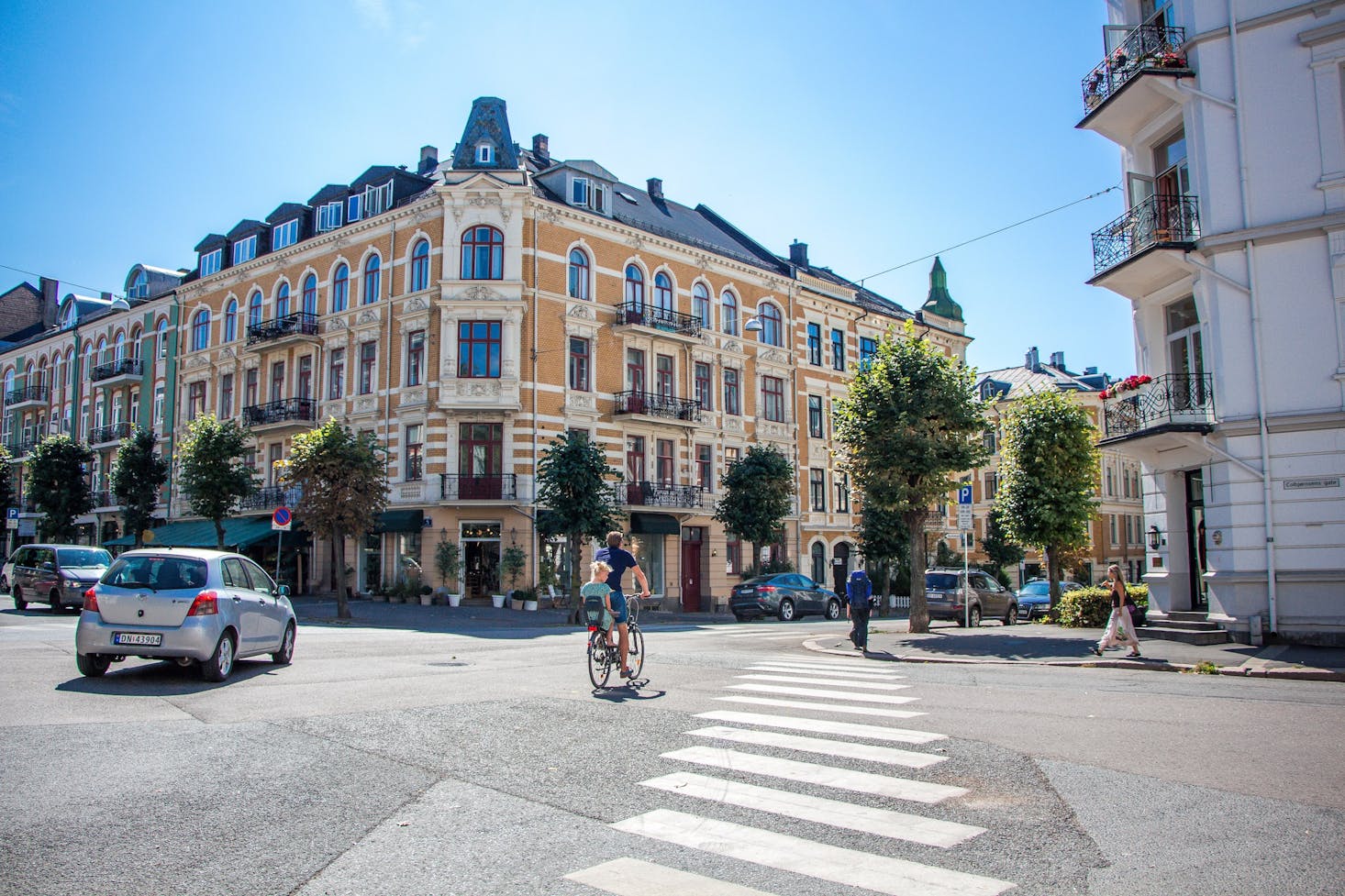
From Oslo to Lillehammer
Travel to Lillehammer and explore the best of the Norwegian countryside. The town is known for its scenic lakeside location, idyllic wooden houses, and friendly atmosphere, making it a favorite day trip from Oslo among locals and tourists. It’s one of Norway’s most important cultural cities, recognized by UNESCO as a City of Literature. It offers an impressive blend of urban vibes and a rich cultural life, approximately 124 miles (200km) north of Oslo.
The highlight of your adventure is the Norwegian Olympic Museum. It’s an exciting museum chronicling the Olympic history and intriguing past from the ancient period to the present day. The city is also home to Maihaugen, boasting family-friendly experiences and activities. It is the country’s largest open-air museum, featuring over 200 historic houses dating as far back as the 13th century until today. There are also summer fun and winter sports to enjoy, including skiing, downhill biking, hiking, and more.
How to get to Lillehammer
A journey by car or train to the city can take two hours or more, so start your day trip early. Otherwise, you might want to organize an overnight stay and see more of the neighboring attractions. However, there are also night trains that might be ideal for this trip.
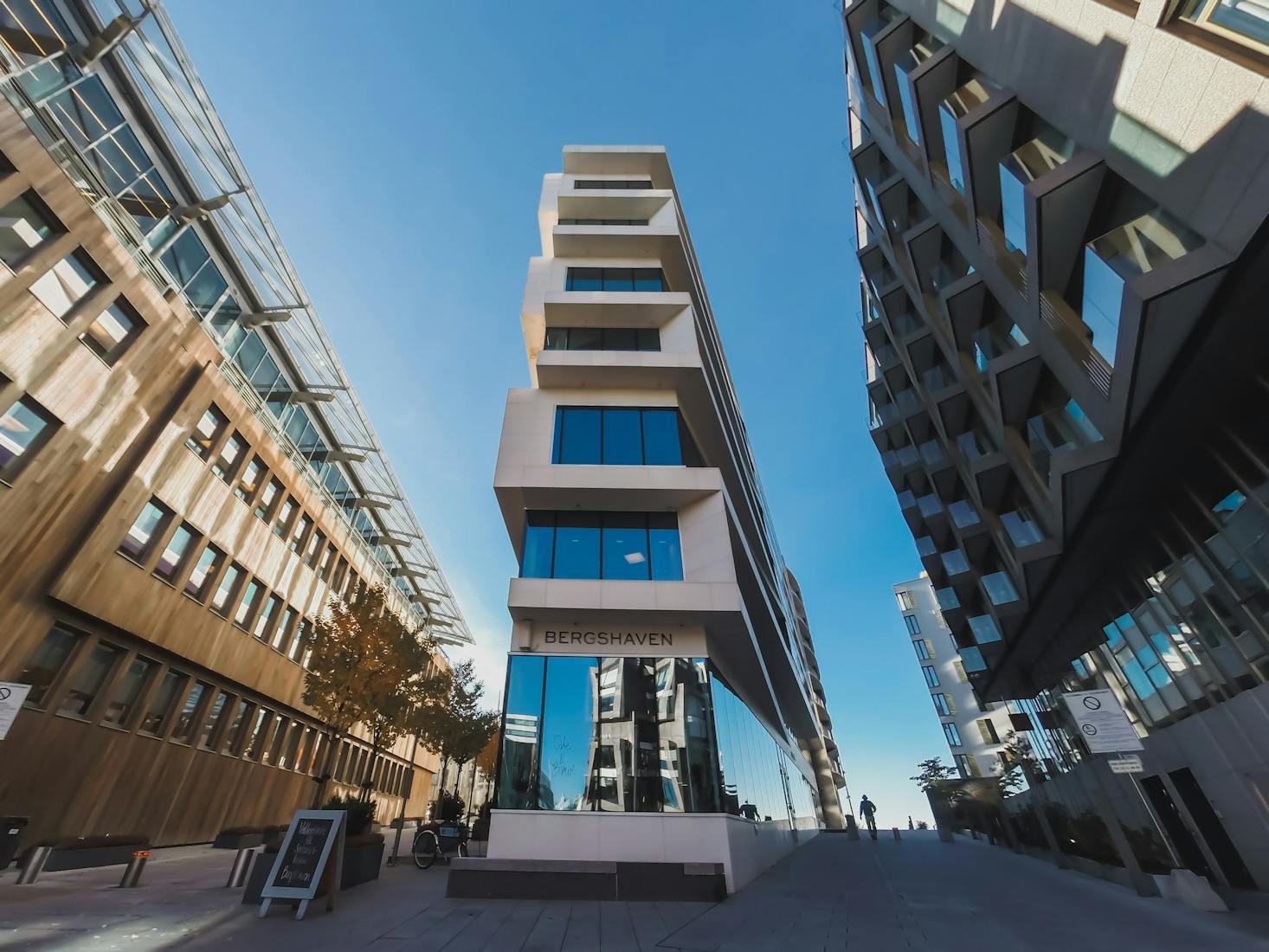
From Oslo to Mount Slottsfjell
Another noteworthy destination for day trips from Oslo is Mount Slottsfjell. It’s the largest ruin site in Scandinavia and the home of the most famous icon in Tønsberg, the Castle Mountain Tower. Mount Slottsfjell is significant to the country’s history, from the location of the besieged castle in the 1100s to the 1200s civil war to the center of royal power in the later years. Currently, it’s more of a tourist spot than anything.
You can also find the Castle Mountain Museum here. Its most famous exhibitions are the Vikinghallen or Viking Hall, Svend Foyn and Tønsberg, and Hvalhallen or Whale Hall. The admission tickets range from $7 to $10, and entry is free on Tuesdays and for children up to six years old. It’s open from 11:00 AM to 4:00 PM but closes at 7:00 PM on Thursdays.
How to get to Mount Slottsfjell
From Oslo S, get on the train towards Skien and stop at Tønsberg Stasjon. Mount Slottsfjell is a walking distance from there. The whole journey will take more than an hour.
From Oslo to Færder National Park
Not far from Scandinavia’s largest ruin site is Færder National Park, a perfect addition to your itinerary. It’s one of the country’s most significant coastal outdoor recreation areas, offering plenty of activities, including swimming, hiking, kayaking, boating, and canoeing. It is conveniently located near the capital city and Tønsberg, making it an important local area for cottage owners and residents and a popular tourist destination year-round.
Apart from the water adventures you can enjoy at the park, it also boasts interactive exhibitions at the new visitor center at Verdens Ende, meaning The World's End. It’s another recreational area with breathtaking fjord views, skerries, fishing spots, and rocks. You’ll also find the lighthouse made from stones from the local beaches. It’s a replica of a lighthouse constructed in 1932.
How to get to Færder National Park
Færder National Park can be accessed by boat, public transport, and car. You can drive from The World’s End to the national park’s border. It’s about a two-hour drive from Oslo, but you can also get there via ferry, which can take about three hours.
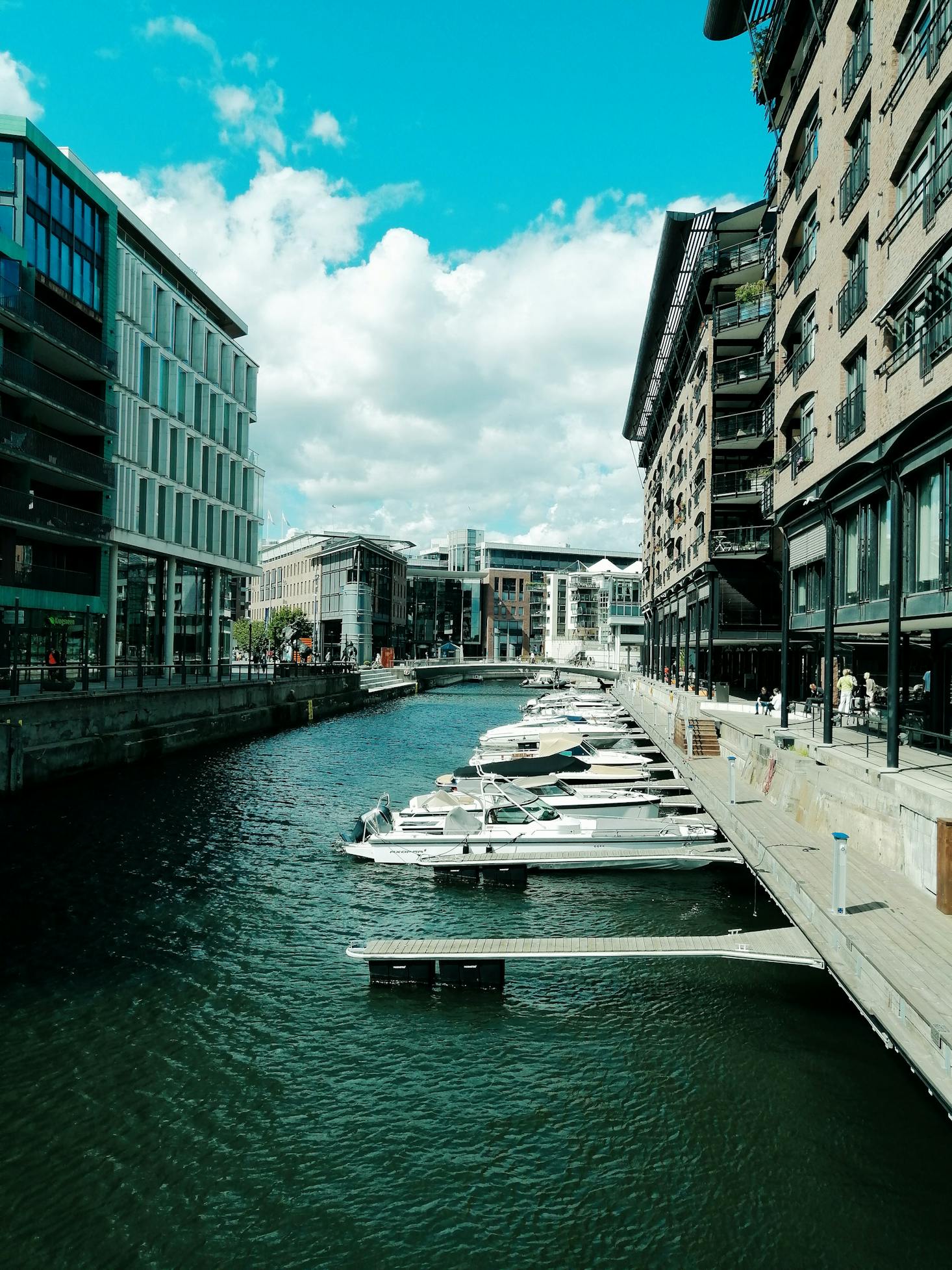
From Oslo to Kongsberg
More than an hour's drive from Oslo is another delightful stop during one of your weekend trips. The historical town of Kongsberg may not receive as much attention as other areas visiting Norway, but it provides a perfect respite from the busy streets of the city center.
Kongsberg is known for its lovely woods and silver mines, home to the Norwegian Mining Museum. The museum holds excellent collections that present the town’s rich mining history. It includes artifacts, objects, and records dating back to the sixteen hundreds when Kongsberg’s mining history began. You also find the world’s largest collection of native silver and a compilation of Norwegian rubies, emeralds, gold nuggets, and other gems.
About eight kilometers out of the Mining Museum is the famous Silver Mines. It is one of the museum’s top attractions, offering an exciting tour for adults and kids. Here, visitors will be guided around the mines and explore their depths.
How to get to Kongsberg
The fastest way to get to Kongsberg from Oslo is by driving, which may take an hour and ten minutes. You can also catch a train to Kongsberg stasjon Baneveien, with services that depart every hour. Alternatively, take a bus from Oslo to Kongsberg knutepunkt, leaving every two hours. A bus ride would typically take an hour and twenty minutes.
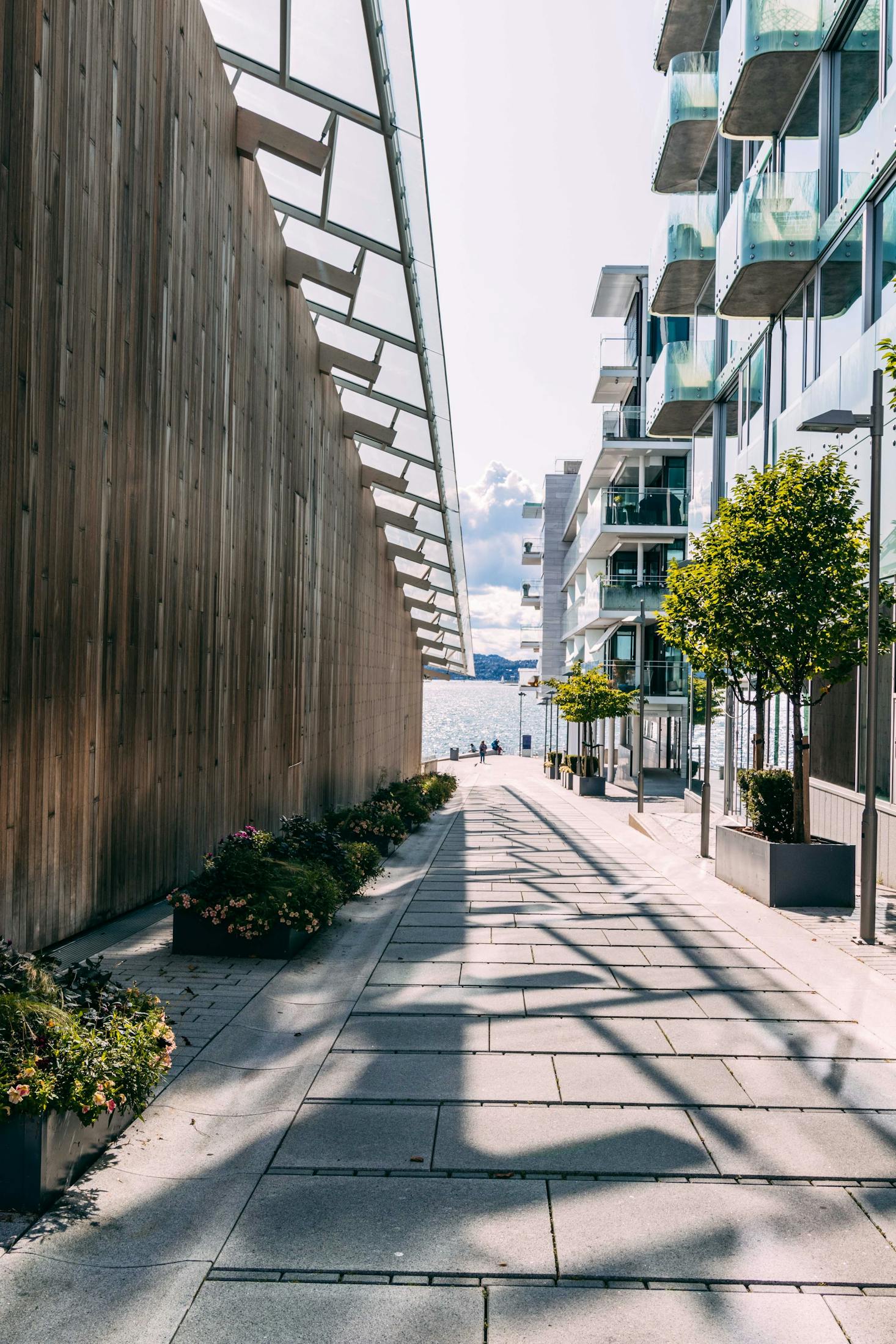
From Oslo to Lake Mjøsa
Lake Mjøsa is Norway’s largest lake, with a surface area of 365 sq km. Therefore, it goes without saying that Oslo day trips wouldn’t be complete without a visit to this renowned lake. Of course, there’s more to Lake Mjøsa than the beautiful sight of its calm waters.
The most famous attractions in Lake Mjøsa are Budor, The Norweigan Railway Museum, Ankerskogen swimming pool and spa, Hamar’s Beach Promenade, Atlungstad Brenneri, DS Skibladner, and Domkirkeodden. You can go biking, skiing, swimming, golfing, hiking, and more throughout the area.
Lake Mjøsa is located at Strandgata 45, 2317 Hamar, and it’s open from 9:00 AM to 4:00 PM on weekdays and 10:00 AM to 3:00 PM on weekends. As for how much you can expect to spend, this depends on the attractions and activities you want to try.
How to get to Lake Mjøsa
From Oslo S, ride a train to Eidsvoll Stasjon, then transfer on bus line 443 towards Feiring and stop at Tangenvegen. This will take you about two hours to get to the location. If you want a faster route, you can drive to the area about 85km north of Oslo for about one hour.
From Oslo to Gamle Fredrikstad
Gamle Fredrikstad is the best-preserved fortress town throughout Northern Europe. It’s frequently visited by people on Oslo day trips as it’s only about 59 miles (95km) south of the city center. However, more than its location, it’s more famous for its old town charm, brought about by its well-preserved buildings and shops, cobbled streets, and dedicated museums.
The best way to enjoy Gamle Fredrikstad is by going on a walking tour. Make sure to stop by the Fredrikstad Museum, Kongsten Fort, Østre Fredrikstad Church, and Model Railway Centre. While going around the town, consider checking out the cafés, restaurants, and shops. Specifically, visit Kortevaren, the oldest shop in Gamle Fredrikstad, established in 1939.
How to get to Gamle Fredrikstad
From Oslo S, get on a VY train towards Halden, and you’ll reach Fredrikstad in one hour. From there, walk straight to Jernbanegata, go left towards the city ferry port, then take a regular ferry for the two-minute crossing. You can also take a bus from the Oslo bus terminal as an alternative to the train, although this takes 20 minutes longer.
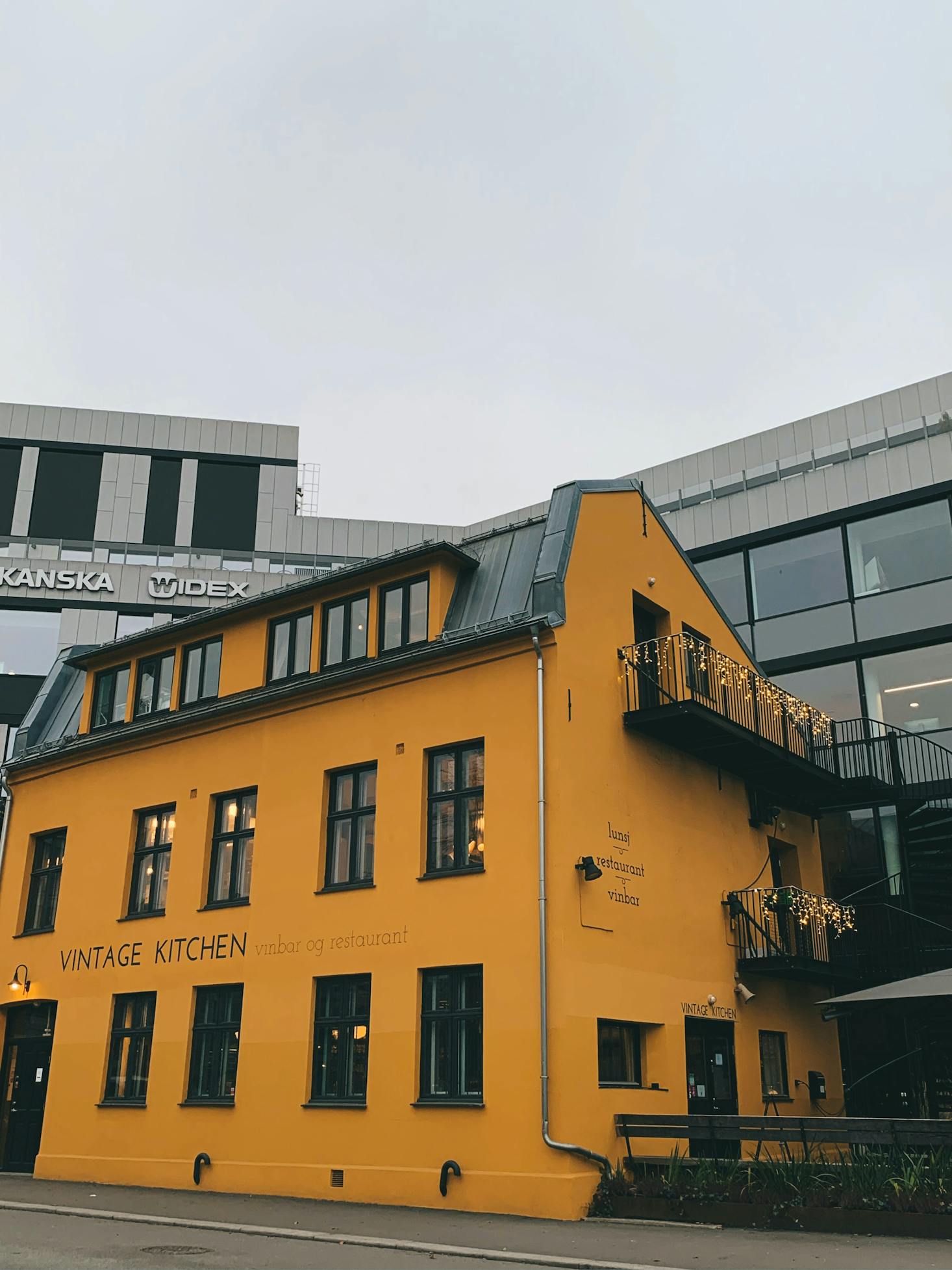
From Oslo to Drøbak
Drøbak is another charming town easily accessible from Oslo. Visitors will love chilling beside the crisp blue waters of the Oslo Fjord or relaxing in a boat in the harbor. Spend a day strolling the bustling market, shops, and tranquil streets, and end your day admiring the spectacular sunset.
As a favorite summer town, Drøbak takes pride in its pristine beaches and fresh seafood. During cold months, it becomes a beloved holiday town with ancient wooden houses and a delightful Christmas atmosphere in the town square. It also boasts a gorgeous city park with shrubs, flowers, and trees that have grown beautiful and majestic. In the evening, the park is illuminated with glowing lights and becomes more lively with parties, festivals, and events.
How to get to Drøbak
Besides driving, the best way to get to Drøbak from Oslo is by bus. The bus departs from Oslo Bus Terminal, close to the Oslo Central Station. It will take you to the old ferry terminal in the town’s southern harbor. You can take normal bus shuttles or express services, which take about forty to fifty minutes.
Escape from the City Through the Best Oslo Day Trips!
Take a break from the capital’s hustle and bustle and plan a day trip from Oslo. Once you’ve visited the main tourist spots, consider venturing further afield to expand your Norwegian experience. With excellent transport options and a reliable public transportation system, you can get to the small towns, villages, natural parks, and the coast in no time and return to Oslo the same day.
Get $5 off with the Bounce app
Use Bounce to find nearby bag storage in 4,000+ cities worldwide.
Get the app